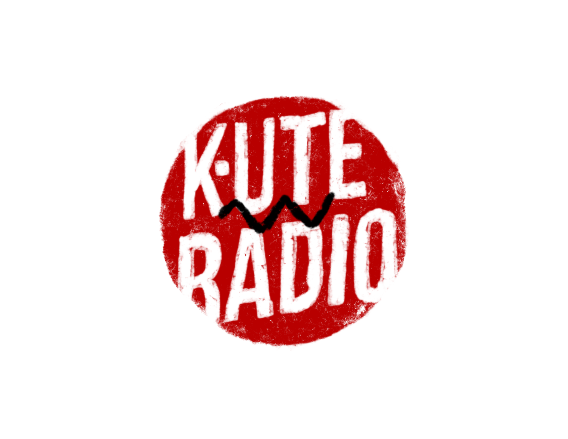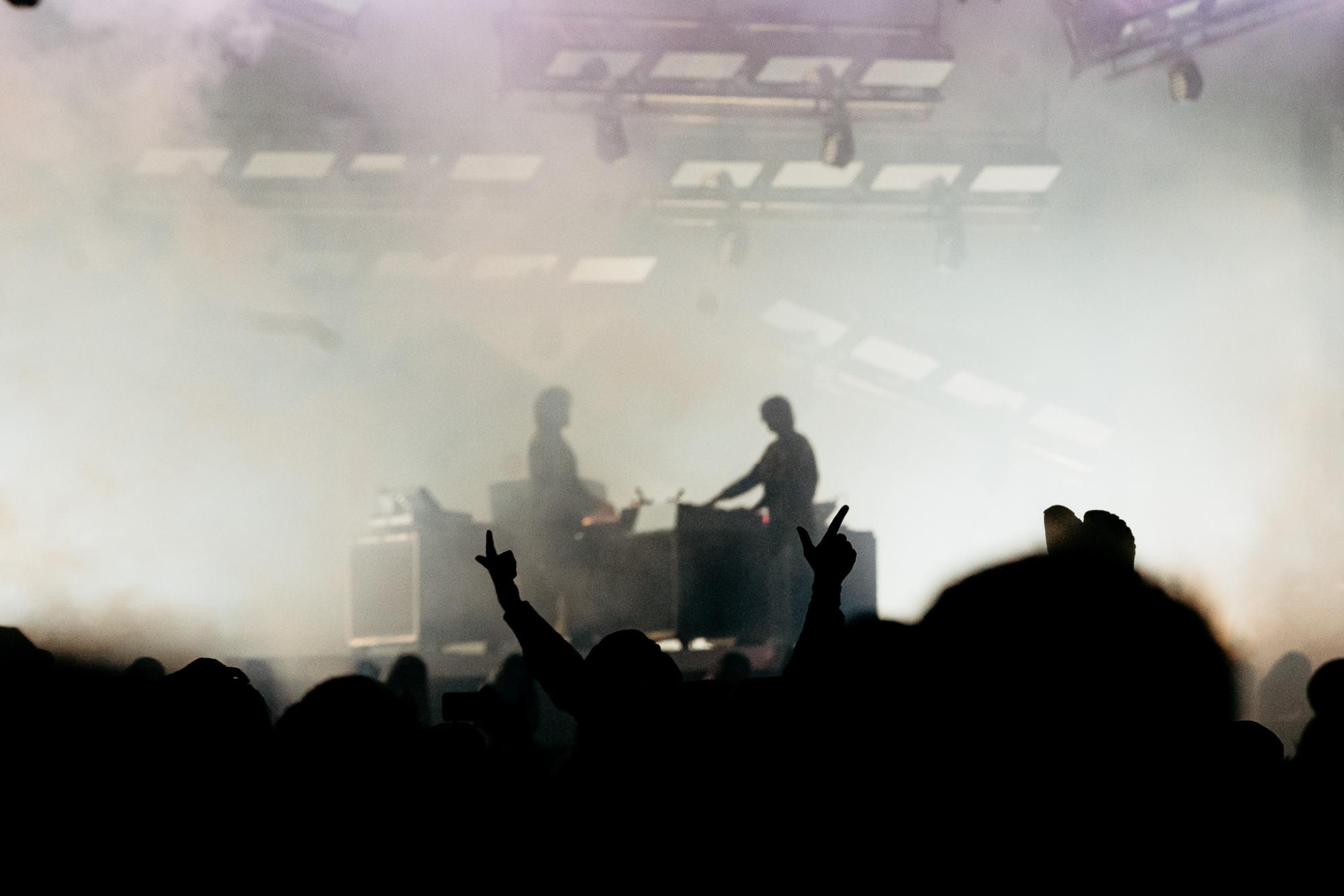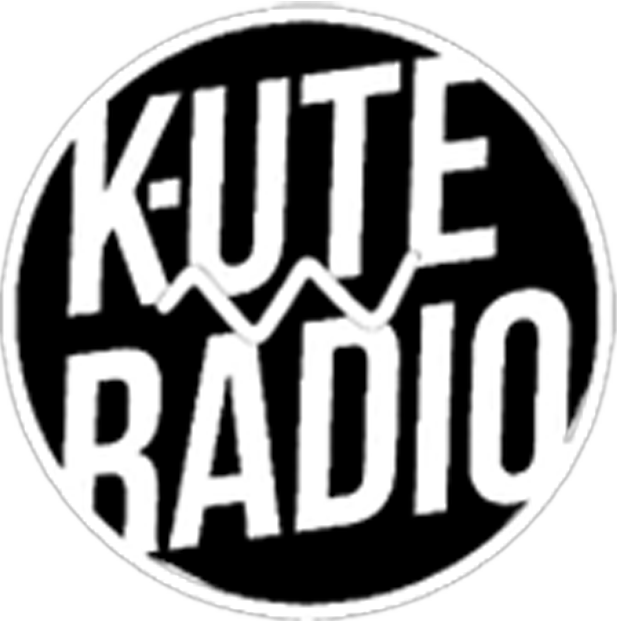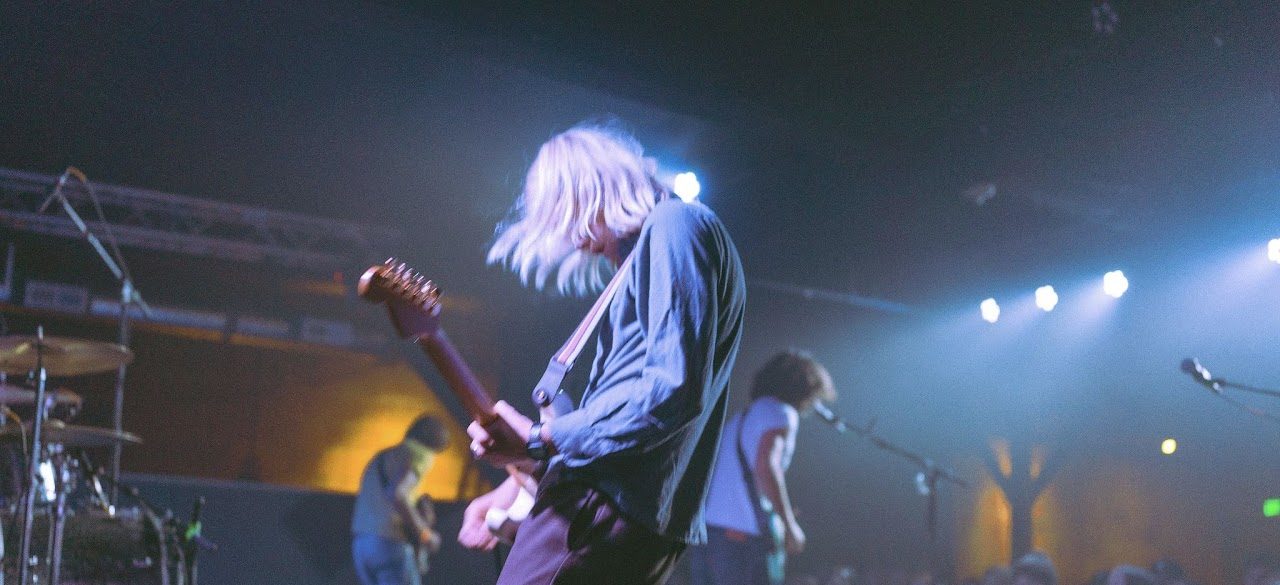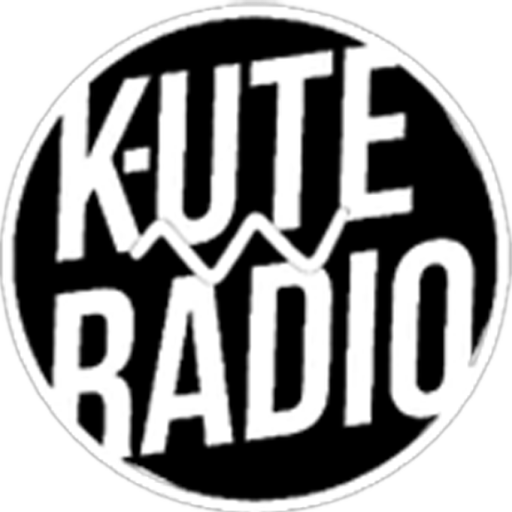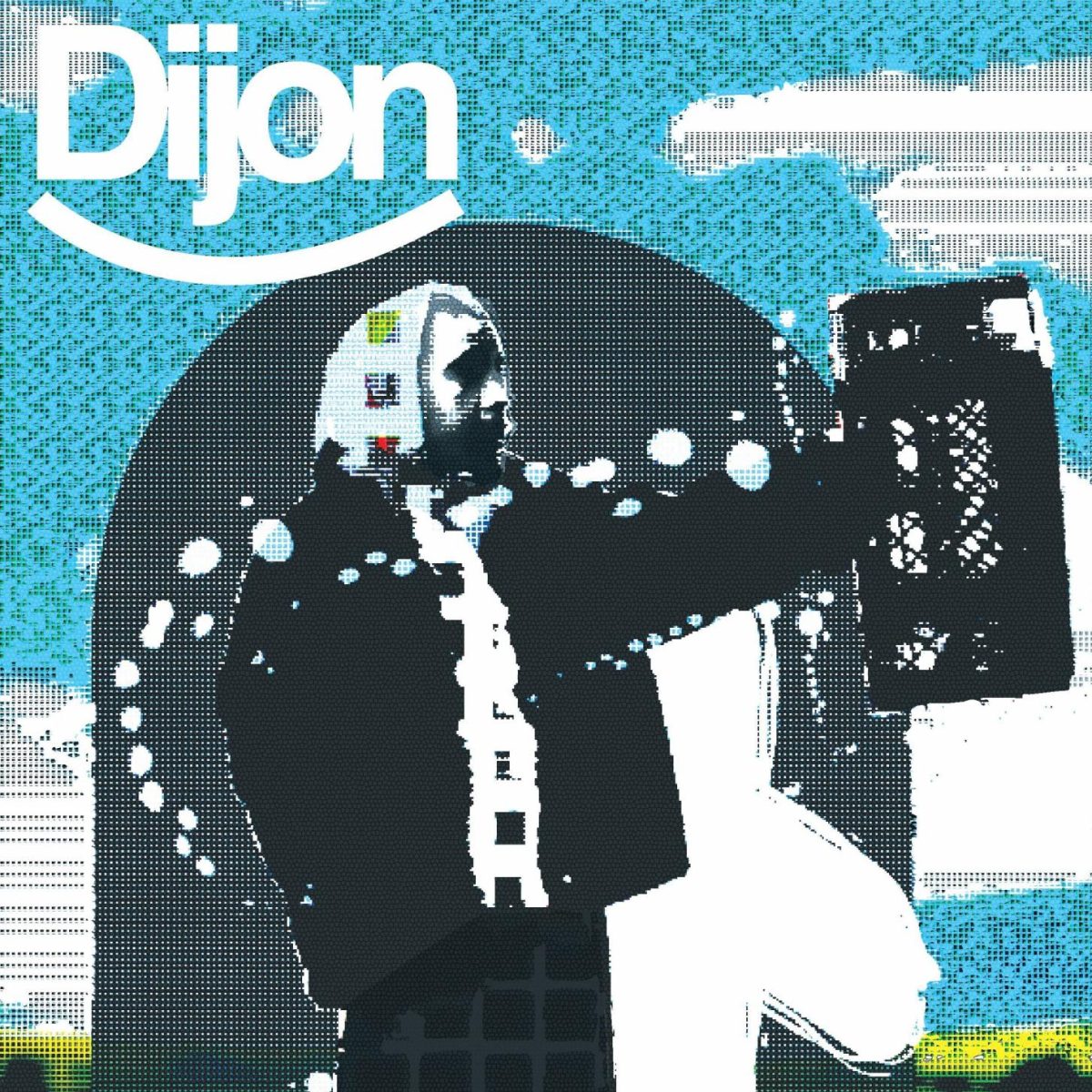With the recent release of his debut album “Baby” and his vast, influential reach in the music industry, it’s no surprise that everybody’s talking about Dijon. But how does somebody go from a college music duo to working with big names like Justin Bieber and Kanye West?
Who is Dijon?
Dijon Duenas (known by his stage name Dijon) was born in 1992 into a military family. He found himself moving often between the United States and Germany, and in a 2022 Pitchfork interview, admitted that he felt “tossed back and forth.” This displacing loneliness followed him even when he was with family, with his father’s side calling him names for his dark skin, while his mother’s family would make fun of him for being ‘too light-skinned.’
Dijon initially tried his hand at rapping, but after losing a rap battle during a high school lunch one day, he committed himself to making beats with only a guitar and DAW. He went on to study literature at the University of Maryland, where he formed the duo Abhi//Dijon. You can hear the start of something great in his melodic, smooth vocals on their EP “Montana.”
In 2016, Dijon moved to L.A. and immediately got to work with legendary group BROCKHAMPTON. At first, he only released singles and EPs, but to his own surprise, the second song he wrote titled “Skin” (2018) catapulted him into fame. Still, despite the song’s success, Dijon felt that he wanted his legacy to be album-centric, not a one-hit-wonder.
In 2020, Dijon’s second EP “How Do You Feel About Getting Married?” allowed him the space to create a story instead of a vibe. At this time, he was starting to get dismayed with the disconnect between himself, his music, and his fans.
“These are the sweetest people in the world, but I would be thinking, You don’t know me, and you have no idea how frustrated I am with my music, or how proud I am.” (Pitchfork, 2022).
Dijon’s debut album arrived in 2022. Titled “Absolutely”, it blessed us with the emotionally complex, yet widely enjoyed songs “Many Times” and “The Dress.” Furthermore, it cemented Dijon’s place as a devoted artist. This album can also be viewed as a sort of experiment for the sounds that would be evolved and expanded on in his sophomore album “Baby.” Devoted fans will notice the similarities between the two albums, like the background noise, sampling and conceptual messiness of the songs.
“Baby”
On a basic level, the album was inspired by Dijon’s personal life as he is recently married and had a child in 2023. In an ode to his marital life, the album cover is a photo from his wedding. As a producer himself, Dijon also worked with close friend Michael Gordon (Mk.Gee), Andrew Sarlo, Henry Kwapis and Bj Burton.
The first thing that listeners will notice is that the album features a sporadic sound that has become iconic for Dijon. Dynamically, the songs dip in and out of smooth vocals with layers of harmonies, sometimes dropping the rhythm section completely to feature the choir-like singing. The switch between the two adds a unique and more complex feeling to the tracks.
Putting the album into context, it represents the diverse feelings that being a family man can create. This can be noticed in the production of Dijon’s vocals, which sound similar to Mk.Gee’s album “Two Star and the Dream Police” which Dijon helped to produce. Both albums involve similar use of reverb, which add a dramatic sense of isolation to the songs, like singing to yourself in an empty room. Specifically, the song “My Man’ shows the diverse range and raw talent of Dijon’s vocals.
In line with his other albums, Dijon used many samples in the creation of “Baby” and even mentioned the difficulties that he had getting them to clear when he announced the album,
“Dijon appears to have announced a new album. A new website with a countdown clock promises a record called ‘Baby’ unless samples don’t get cleared” (Pitchfork, 2025).
A comprehensive list of his samples below:
- “Its Yours” by T La Rock and Jazzy Jay (1984)
- “Aint No Fun (If the Homies Can’t Have None) by Snoop Dogg (1993)
Something that Dijon’s first album started, “Baby” finishes. It’s raw, there’s background noise, there’s vocal cracks, there’s ‘wrong’ notes. It makes every song feel sonically ‘full’ like coloring every part of a white page. One of the ways that he accomplishes this is he uses an omnidirectional microphone in the middle of the room. It’s clear that Dijon communicates his emotions through sound, not lyrics, with the fullness of the records correlating with somewhat overwhelming emotions that he feels.
As the future of music inches closer and closer to organized, easy to categorize AI slop, Dijon chooses to run the other way. His art is simply too expansive and complex to fit into streaming services’ agendas. This analysis begs the question, ‘is this the future of indie music?’
Dijon fans can also look forward to him starring in “One Battle After Another” alongside Leonardo DiCaprio, directed by Paul Thomas Anderson. Additionally, I urge readers to check out the short film he made to accompany “Absolutely.”
Starting at the end of October, Dijon will be going on a world tour. You can find more music that Dijon has worked on or contributed to here.
